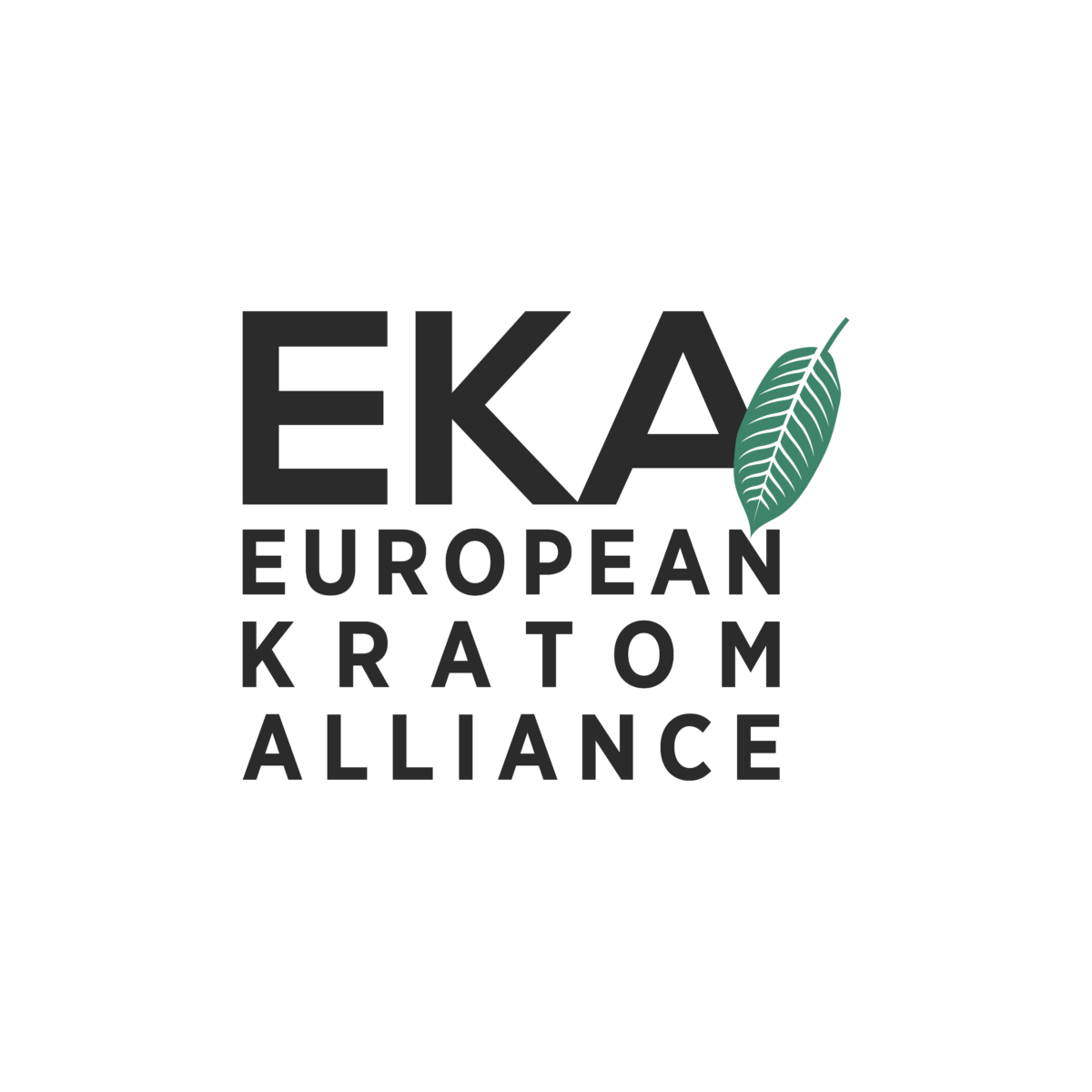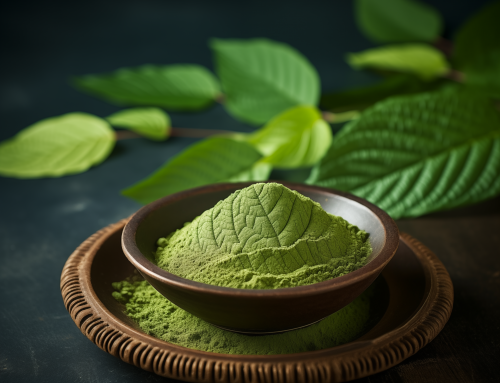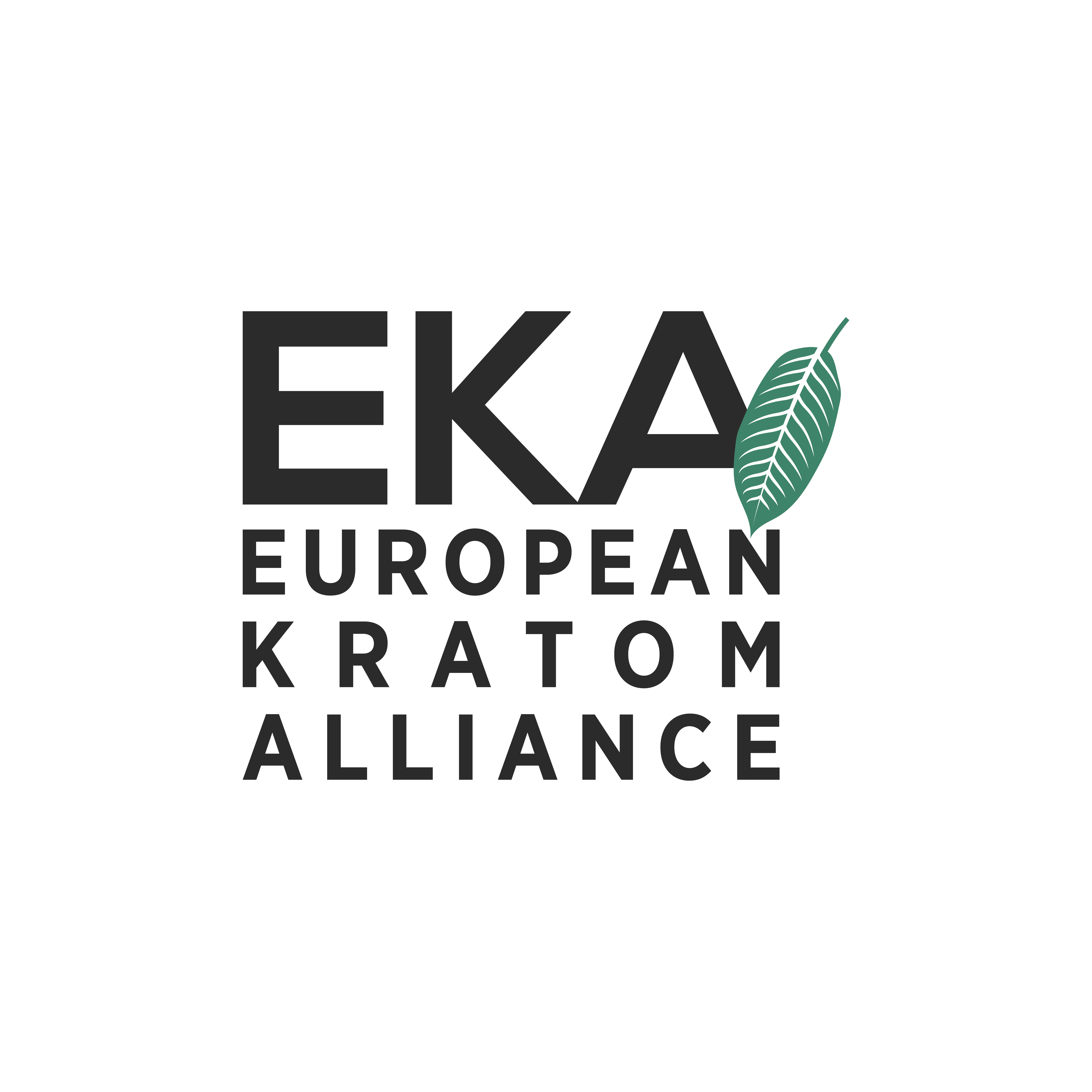Kratom boasts a long history of use for a variety of purposes in Southeast Asia, including for its perceived medical value, antifatigue properties, and recreational appeal. The traditional use of kratom likely predates the first description by the Dutch botanist Pieter Willem Korthals in 1836, considering its widespread distribution throughout Southeast Asia (1) .
The use of Kratom in Western countries has more recent origins, gaining popularity within the past two decades in the European Union (EU) and United States (U.S.) for its stimulant and opioid-like effects (2). In Southeast Asia, the harvesting and consumption of fresh kratom leaves involve either chewing them directly or steeping in water to prepare tea (3). Conversely, in Western countries, where fresh kratom is not readily accessible, it is commonly distributed in the form of dried and ground powder or as a concentrated liquid extract, facilitating convenient transportation and consumption (4).
Delving into historical contexts, in northern Malaysia and southern Thailand, manual laborers (e.g., fishermen, farmers, machine operators, and rubber tappers) commonly used kratom leaves to enhance physical endurance and improve their work productivity (3,5,6). In some Thai villages, kratom has also been used as a recreational drink for relaxation and social engagement, predominantly among males, as part of small religious ceremonies (3,7). Using kratom in these societies is similar to having a cup of coffee and is a tradition deeply embedded within the local people (7). Saingam et al. (2012) suggested that kratom has also secured a role in certain rural religious functions, where it is presented as a valuable gift to a god or spirit as an expression of gratitude for the wishes and vows fulfilled (8).
Beyond its religious functions, antifatigue, recreational and socializing purposes, kratom has been used as a traditional alternative to manage drug withdrawal symptoms. Vicknasingam et al. (2010) initially documented the common use of kratom to alleviate opiate withdrawal symptoms and also as a cheap substitute for reducing dependence on other illicit substances like cannabis, morphine, and amphetamine-type-stimulants (9). It was revealed that users in the northern Malaysian states were relying on kratom for these purposes due to its affordability and accessibility. For those experiencing opiate withdrawal symptoms, it was found that kratom enables self-treatment that avoids stigmatization as a drug dependent. Moreover, in Southeast Asia, the traditional use of kratom expands to its medicinal properties, addressing minor health issues like fever, diarrhea, diabetes, cough, and pain, and it is even applied as a poultice for treating wounds (10–12) .
Finally, and equally important, it appears that the existing literature indicates that both in Southeast Asia and the Western hemisphere, kratom has transitioned over time from its traditional applications to newer uses that show potential promise (13). Yet, given the recent increased interest in the application of kratom, there is a clear need for more scientific and social investigations to explore the therapeutic and other potential benefits of kratom thoroughly.
References:
- Raffa RB. Kratom and Other Mitragynines: The Chemistry and Pharmacology of Opioids from a Non-Opium Source [Internet]. Boca Raton: CRC Press; 2014. 366 p. Available from: https://doi.org/10.1201/b17666
- Grundmann O, Hendrickson RG, Greenberg MI. Kratom: History, pharmacology, current user trends, adverse health effects and potential benefits. Dis–Mon DM. 2023 Jun;69(6):101442.
- Suwanlert S. A study of kratom eaters in Thailand. Bull Narc. 1975 Sep;27(3):21–7.
- Zhang M, Sharma A, León F, Avery B, Kjelgren R, McCurdy CR, et al. Effects of Nutrient Fertility on Growth and Alkaloidal Content in Mitragyna speciosa (Kratom). Front Plant Sci [Internet]. 2020;11. Available from: https://www.frontiersin.org/articles/10.3389/fpls.2020.597696
- Cinosi E, Martinotti G, Simonato P, Singh D, Demetrovics Z, Roman-Urrestarazu A, et al. Following “the Roots” of Kratom (Mitragyna speciosa): The Evolution of an Enhancer from a Traditional Use to Increase Work and Productivity in Southeast Asia to a Recreational Psychoactive Drug in Western Countries. BioMed Res Int. 2015;2015:968786.
- Assanangkornchai S, Pattanasattayawong U, Samangsri N, Mukthong A. Substance use among high-school students in southern Thailand: Trends over 3 years (2002–2004). Drug Alcohol Depend. 2007;86(2):167–74.
- Singh D, Narayanan S, Vicknasingam B, Corazza O, Santacroce R, Roman-Urrestarazu A. Changing trends in the use of kratom (Mitragyna speciosa) in Southeast Asia. Hum Psychopharmacol Clin Exp. 2017 May 1;32(3):e2582.
- Saingam D, Assanangkornchai S, Geater AF, Balthip Q. Pattern and consequences of krathom (Mitragyna speciosa Korth.) use among male villagers in southern Thailand: a qualitative study. Int J Drug Policy. 2013 Jul;24(4):351–8.
- Vicknasingam B, Narayanan S, Beng GT, Mansor SM. The informal use of ketum (Mitragyna speciosa) for opioid withdrawal in the northern states of peninsular Malaysia and implications for drug substitution therapy. Int J Drug Policy. 2010 Jul;21(4):283–8.
- Hassan Z, Muzaimi M, Navaratnam V, Yusoff NHM, Suhaimi FW, Vadivelu R, et al. From Kratom to mitragynine and its derivatives: physiological and behavioural effects related to use, abuse, and addiction. Neurosci Biobehav Rev. 2013 Feb;37(2):138–51.
- Grewal KS. OBSERVATIONS ON THE PHARMACOLOGY OF MITRAGYNINE. J Pharmacol Exp Ther. 1932;46:251–71.
- Burkill. I. H. (Isaac Henry), Haniff M. Malay Village Medicine : prescriptions collected by I.H. Burkill and Mohamad Haniff. Gard Bull Straits Settl. 1930;6(2):165–273.
- Singh D, Narayanan S, Vicknasingam B. Traditional and non-traditional uses of Mitragynine (Kratom): A survey of the literature. Brain Res Bull. 2016 Sep;126(Pt 1):41–6.


